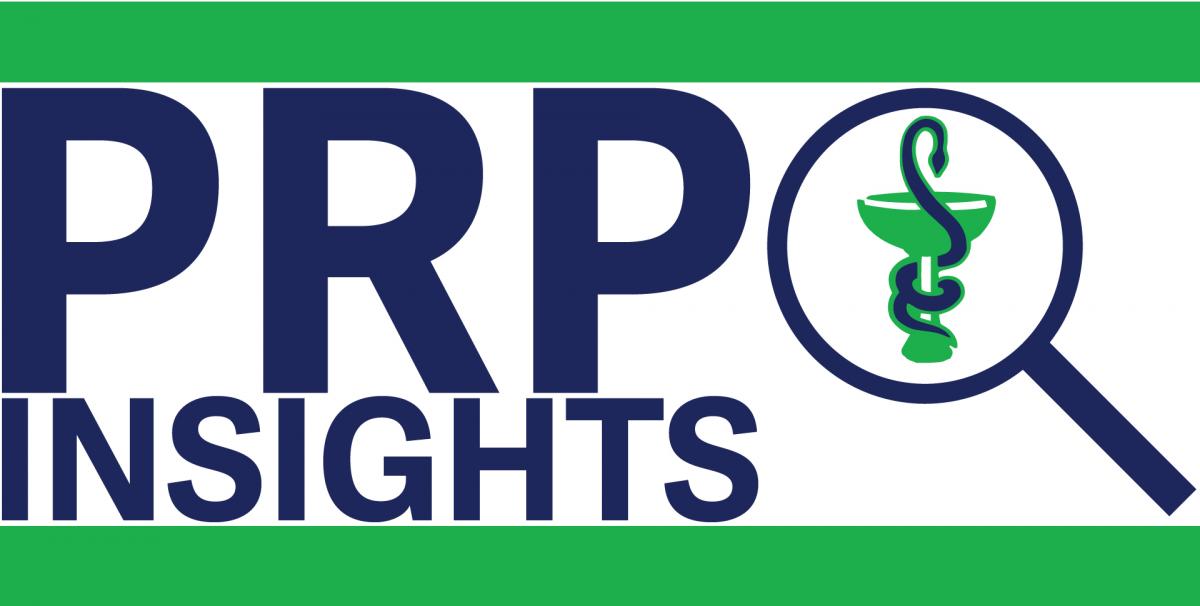
PRP INSIGHTS: Residential Care (Part 2)
In April 2019, Compliance Officers began conducting reviews of residential care services provided by pharmacies, as a part of the College’s Practice Review Program (PRP). The review of these services is based on the regulations found in Health Professions Act Bylaws Schedule F Part 3, which are the bylaws that specifically apply to pharmacies providing residential care services.
The goal of the PRP is to protect public safety by ensuring consistent delivery of safe pharmacy services in BC. This is achieved by improving compliance with College bylaws and Professional Practice Policies. As a continuation of our previous article discussing our early findings with respect to areas of non-compliance that were observed during reviews of residential care services, this article will discuss additional areas of potential improvement based on continued observations by Compliance Officers.
1. Return to stock and reuse of previously dispensed medications
Compliance Officers have noted several instances where returned medications were being reused in contravention of the standards of practice. With regards to previously dispensed drugs, HPA Bylaws Schedule F Part 3 s.11(3) states the following:
|
11. (3) Previously dispensed drugs must not be re-dispensed unless
|
Once a pouch or blister bubble that contains multiple drugs has been dispensed, it cannot be returned to stock for re-dispensing. In addition, any single-drug container must have an intact label that includes both the lot number and expiry date in order to reuse the medication. These measures are in place to prevent the use of medications that may have been potentially cross contaminated, expired or recalled.
2. Prescription authorizations
Prescription authorizations written for patients in facilities and homes are only valid for a maximum of 6 months. This is in contrast to community pharmacy standards where prescriptions are valid for up to one year from their prescribing date, with exception to prescriptions for oral contraceptives which are valid for up to two years. For residential care patients, a new prescription authorization is required every 6 months in order to continue dispensing medications to a resident.
3. Patient identification
It is a registrant’s responsibility to make sure the right person gets the right drug. The very first step in providing pharmacy care is to positively identify the patient—be sure you have the right person. Without correctly identifying the patient, the rest of the steps in patient care and patient safety can be compromised. In residential care settings, the registrant and patient may not be at the same location at the point of care. In these cases, positively identifying a patient involves using two patient-specific identifiers prior to providing pharmacy services. Acceptable patient-specific identifiers, as examples, may include the patient’s name, date of birth or personal health number. Using non patient-specific information such as a bed or room number would be considered unacceptable as this practice may lead to errors when residents are moved or hospitalized and readmitted.
Additional guidance around verification of patient identification for patients in a residential care setting is outlined in Professional Practice Policy – 75: Patient Identification.
4. CONTINGENCY DRUG RECORDS
Pharmacies may establish a supply of contingency drugs at the facility or home which would permit the commencement of drug therapy, upon receipt of a prescription, in situations where the pharmacy may not be able to supply the medication immediately. The pharmacy must ensure that the use of contingency drugs is closely tracked and documented so that there is a record of what was used, when it was used and who it was used for. At some pharmacies, Compliance Officers have observed that these records were not routinely completed and maintained by the staff at the facility or home. HPA Bylaws Schedule F Part 3 s.8(4) stipulates that contingency drug records must be kept in the facility or home and at a minimum, must include the following:
|
(4) Records of use of contingency drugs must be kept in the facility or home and must include
|
This information makes it possible to track progress, determine adverse drug reactions and ensure appropriate use of contingency drugs.
QUESTIONS
If you have any questions or concerns, please contact the practice support team at [email protected].
To learn more about the Practice Review Program, including how to prepare for your review, visit bcpharmacists.org/prp.
- Practice Review Program, PRP Insights
 Share
Share


